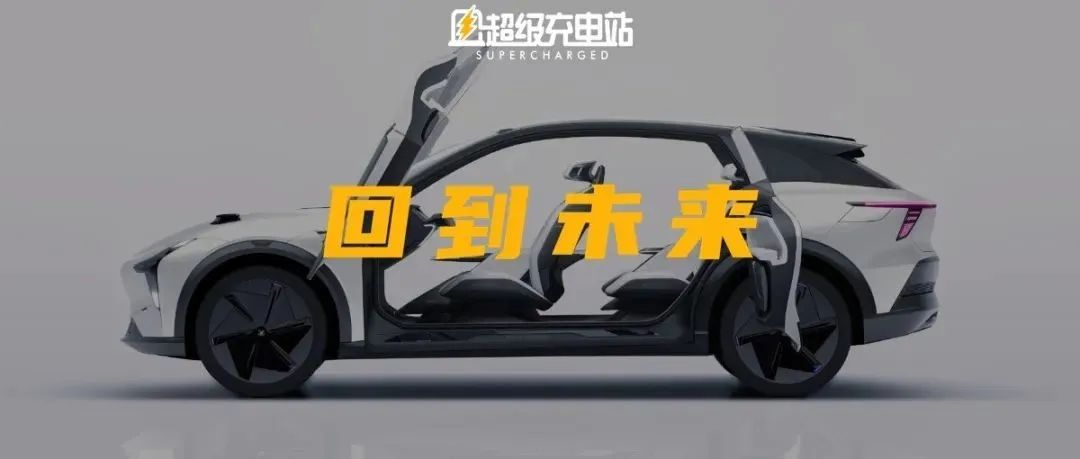Author: Chang Yan
In “The Three-Body Problem”, when the Song people were having a fierce fight in the solar system, they used a “two-dimensional foil” to make the entire three-dimensional universe collapse. Sci-fi works tell us time and time again: those who suddenly knock us down are all downgraded by technology.
Today, we have been knocked down by a downgrade.
As we all know, the Super Charging Station has always liked to buy cars and especially hopes to be the first to receive them. The Jidu new car released today was also on our purchase list. As a result, before the pre-order was even opened, the first car was already sold.
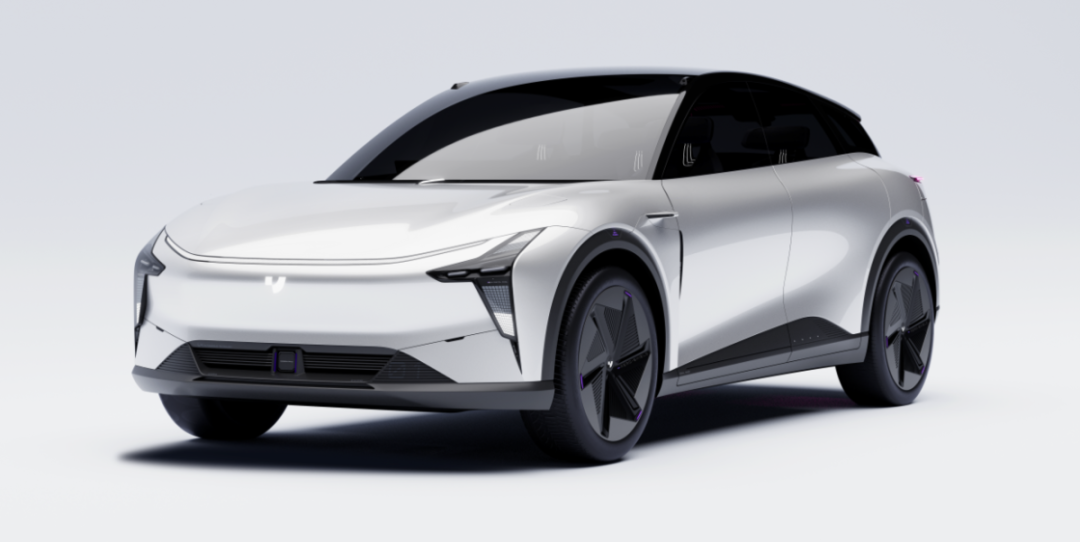
This ROBODAY launch event took place in the metaverse “Xilao”. The first car owner is naturally a digital person named Xijiajia.
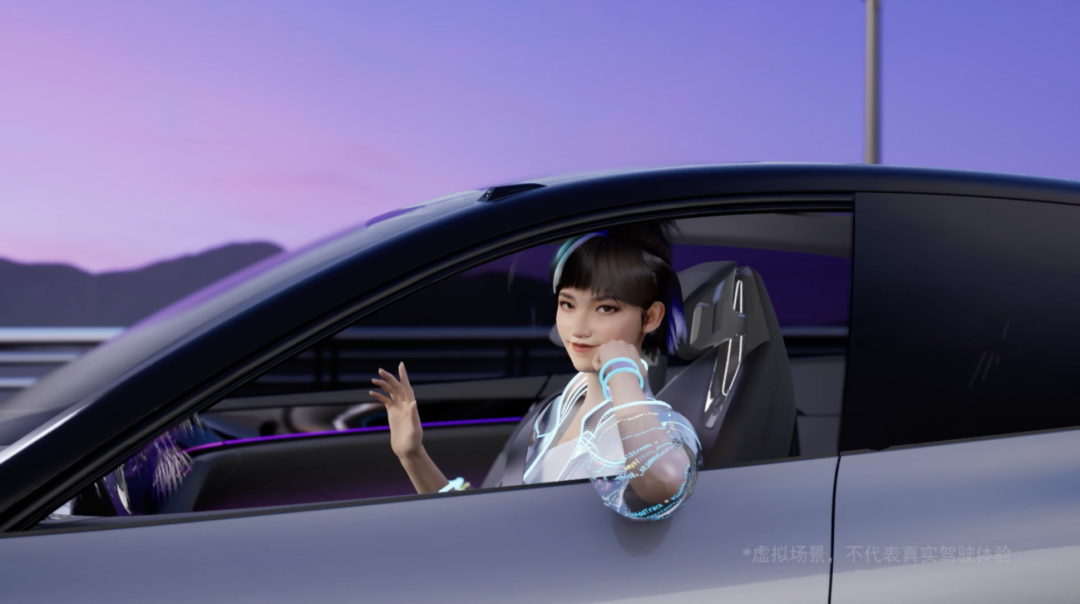
What fundamentally subverts the gameplay is this car itself. According to Jidu’s official statement, it should be called “car robot”.
Shape: First Encounter with the Car Robot
Now, let’s say we give you a blank paper and ask you to draw a “car robot”. What would be your answer?
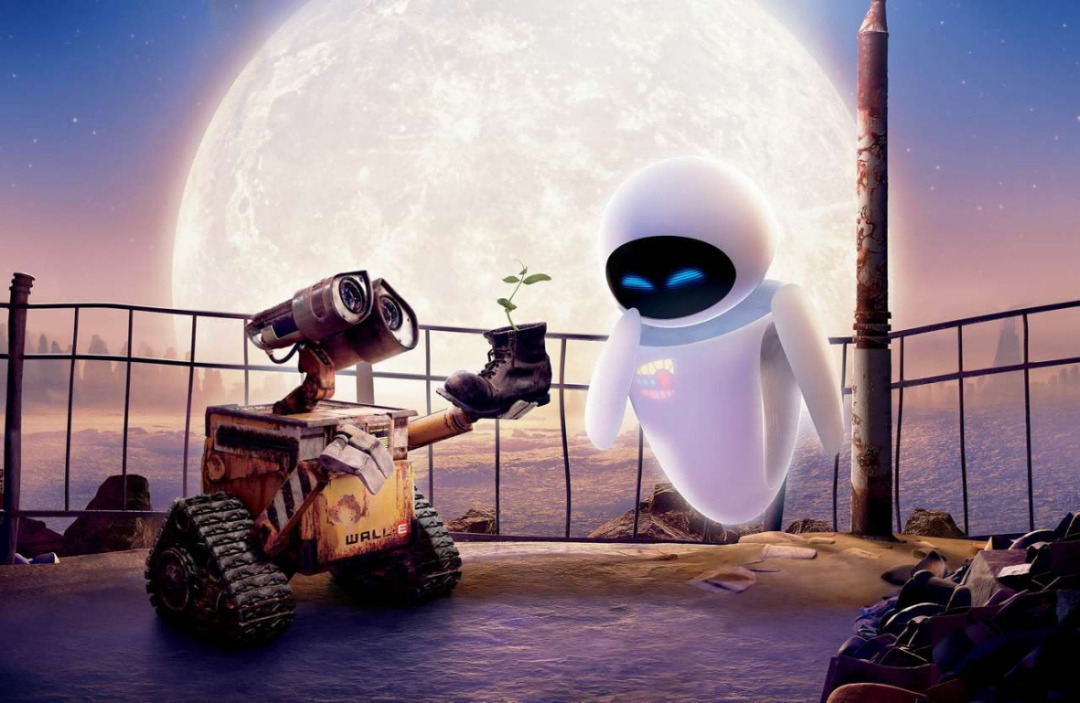
Our generation’s growth has been accompanied by a deepening understanding of various robot images, from the technological simplicity of R2-D2 in “Star Wars” to the various active extensions in “Transformers”, and to Wall-E’s emotional personification in “Wall-E”. They are all our intuitive definitions of robots.
The same design philosophy also appears on Jidu’s car robot ROBO-01 concept car. Futurism, robotization, and empathy make up the three major genes of Jidu’s “car robot” product design.
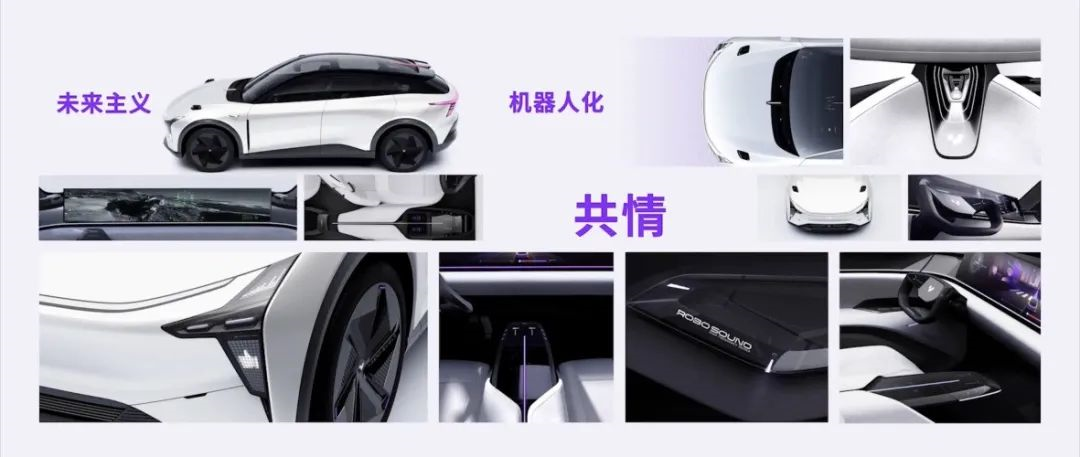
When you face ROBO-01, you will feel surrounded by light and shadow flowing colors and smooth and agile lines.
ROBO-01’s paint is composed of 5 kinds of pigment technology coatings and paint layers. Under different lighting conditions and angle changes, it will show a gradient and layered color change. In the light and shadow, you will notice that ROBO-01’s exterior design pushes the concept of “simplicity” to the extreme. Even traditional door handles and other functional components will not appear here. All elements and components seem to grow out of the car body and silently merge with the car body.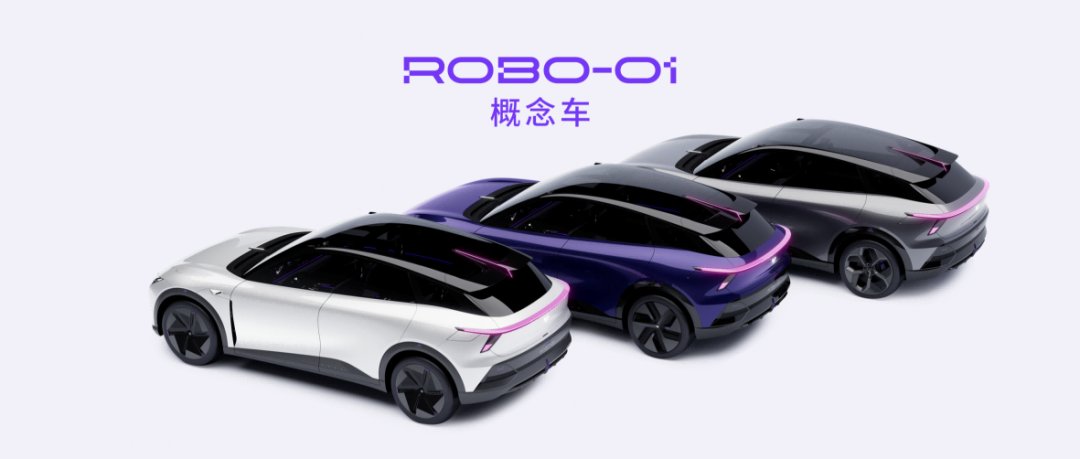
The same spirit of simplification can also be seen in the interior, where you won’t find any door handles, gear sticks, or even the traditional levers on the steering column. A 3D boundaryless integrated wide screen will become the core interface and carrier for human-machine interaction and information flow.
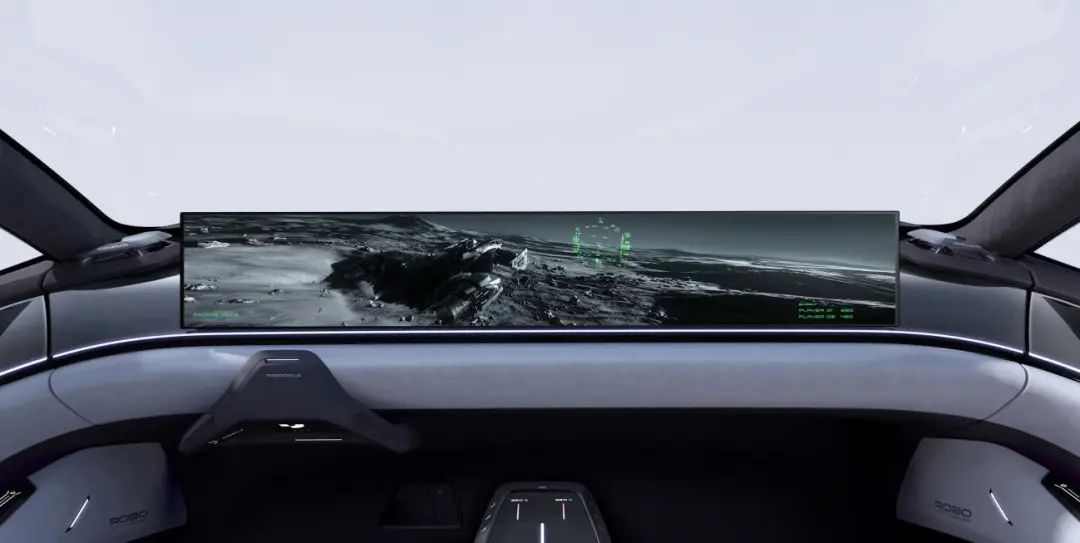
These are the futuristic tones of ROBO-01, which also provide an excellent stage for the awakening of artificial intelligence in car robots.
When you need it, ROBO-01 will “transform” into the functionality you need.
From the front to the back, inside and out of the car, the active variable mechanism runs through the whole vehicle. In addition to the active rear wing and lifting audio system that have been seen, with AI perception added, more core functions can be made movable.
ROBO-01 adopts the innovative “jump light” and actively collapsible laser radar from Degree. This mechanism design allows ROBO-01 to have a higher safety coefficient by proactively collapsing in the event of an accident while having extremely high automatic driving perception. The same technological feel can also be seen in ROBO-01’s U-shaped steering wheel and zero-gravity seats.

AI gives ROBO-01 the ability to empathize and communicate. Although the robot Wally does not speak, he still wins everyone’s love with his kind-heartedness and loving front screen. The same ability can also be found in ROBO-01’s external vehicle systems.
The AI pixel headlights and full-vehicle ambient lighting can express various emotions of the vehicle and provide a basis for future experiences through speech recognition outside the car.
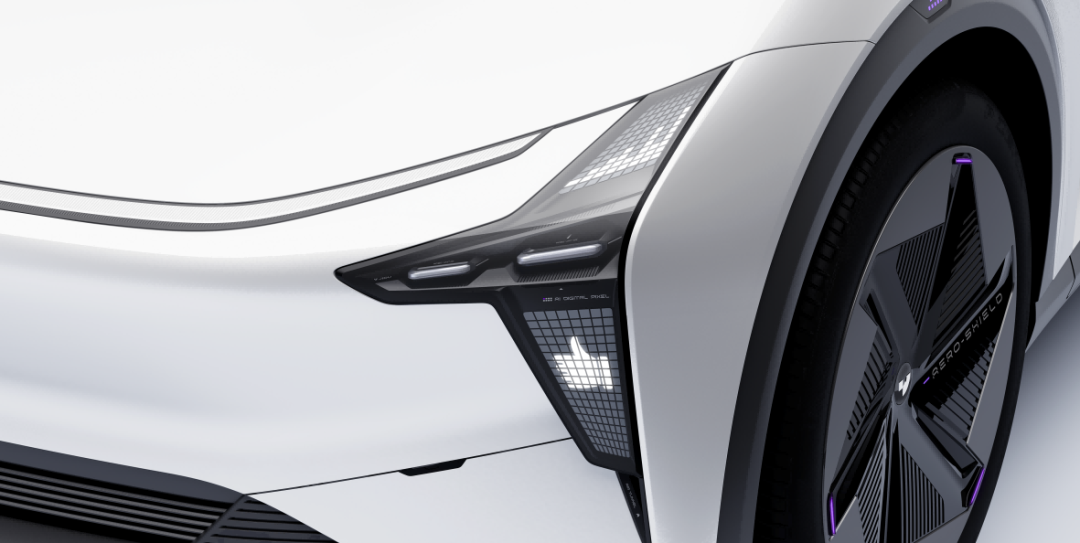
Luigi Colani, a futuristic design master, once said that the design of the future should be “90% natural, 10% self.” ROBO-01’s appearance is undoubtedly an exploration combining people’s primitive emotions of purity and simplicity with the technological concept of less is more.
Part 3: Raising Car Robots
Now it’s time to awaken our car robot.
Design gives ROBO-01 its appearance, and research and development give it its soul.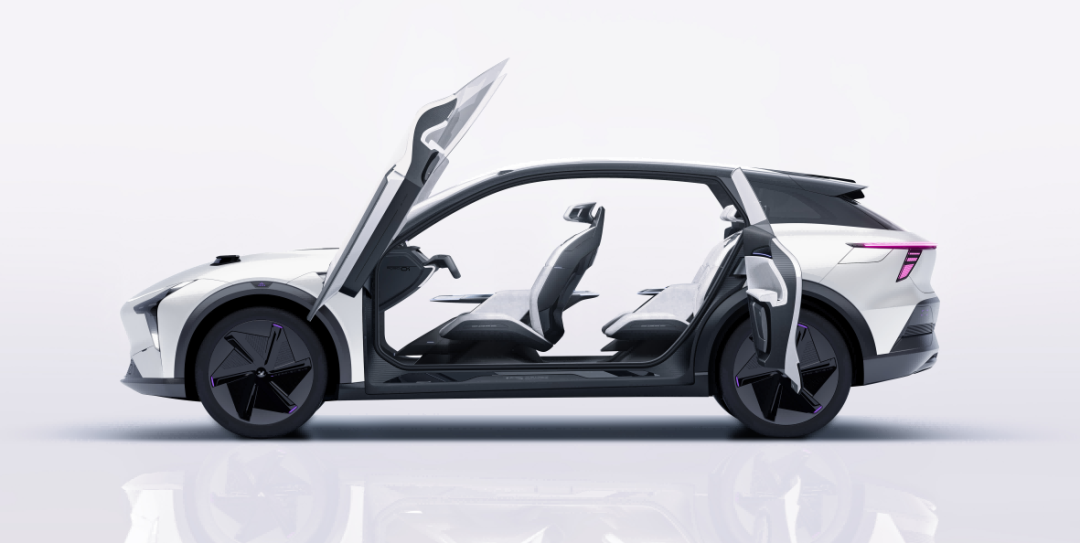
According to Jidu, the automotive robot is not another self-made concept of “intelligent car”, but a further evolved product. Only intelligent cars with three capabilities of free movement, natural communication, and self-growth can be called automotive robots.
Free movement corresponds to its advanced automatic driving ability; natural communication corresponds to multi-mode fusion of human-machine interaction ability; self-growth corresponds to the ability of AI to learn the driving environment and cope with multiple scenes.
Although various functional components are needed to realize these abilities, the most important thing is the underlying architecture that makes up the “body”, “nerves”, and “brain” of ROBO-01.
ROBO-01’s overall structure and powertrain constitute the basic body of the entire vehicle, on which all components will be built.
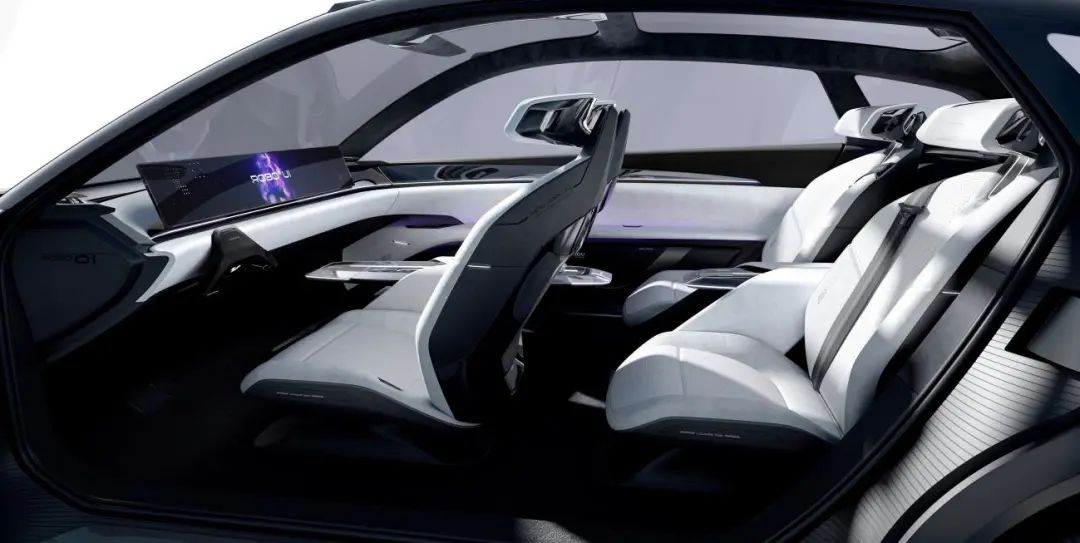
JET, the advanced automatic driving intellectualized architecture developed by Jidu, is the “nerve” of this car.
It includes the EEA and SOA operating systems of this car, and is “compatible with both software and hardware”. Structurally, it is like a river, breaking down the barriers between different electrical domains in traditional cars, and connecting all software and hardware functions.
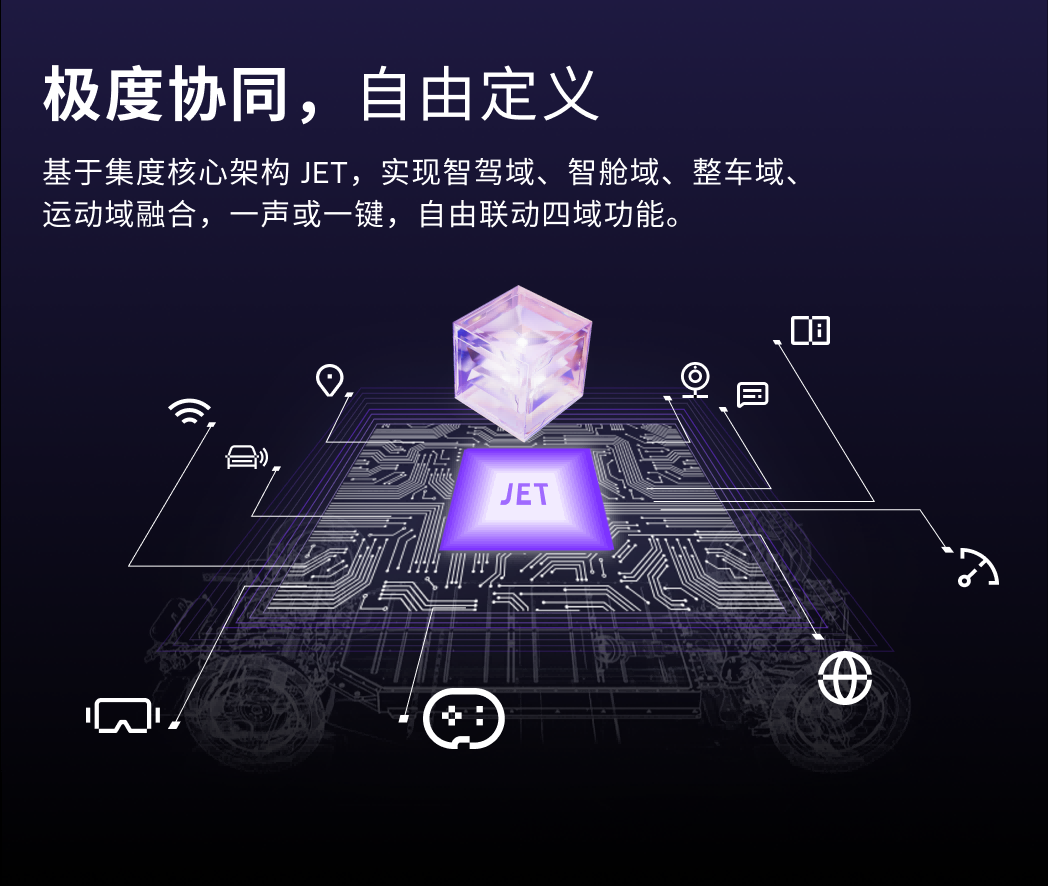
It provides ROBO-01 with almost the highest level of intelligent configuration in the industry, satisfying the core capabilities of advanced automatic driving.
The front-hood lifting dual lidars cover a horizontal 180° FOV, with strong perception ability and safety redundancy; Nvidia’s dual Orin X chips and Qualcomm’s 8295 chips are respectively the hottest top-level chips in the field of intelligent driving and intelligent cabins, and the vehicle’s AI computing power reaches 538 Tops.
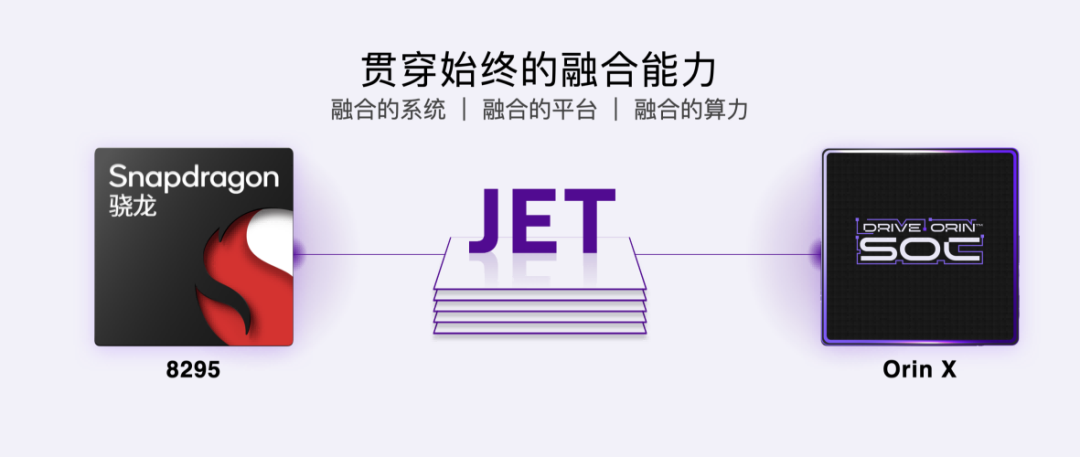
The interconnection and flexibility of JET architecture allow ROBO-01 to have the SOA-based cabin and driving fusion technology. In addition to maximizing the use of car owners’ investments in intelligent hardware, it also maximizes the growth potential of AI in the entire software system by achieving more common capabilities in the field of intelligence, such as computing power sharing, perception sharing, and service sharing.Even better, this system makes ROBO-01 even safer with its “Vision + LiDAR” autonomous driving solution, featuring dual independent systems that backup and redundancy each other, as well as system-level safety redundancy in case of a failure in the intelligent driving system.
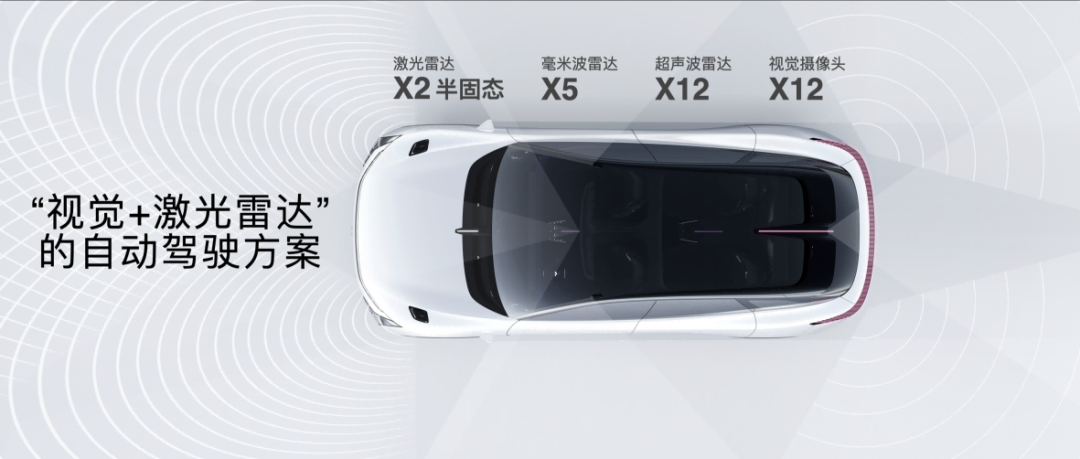
Building on this foundation, ROBO-01 delivers industry-leading intelligent experiences and is available with a host of fully functional, stable features that are delivered without delay.
In addition, the flexible commonality of a large number of software and hardware features not only leads to the conception of many new functions, but also maximizes the investment of each vehicle owner. From sensors to computational power, there is no need for repeated investment. This also gives JET architecture both quality and cost advantages.
ROBO-01’s intelligent driving and intelligent cabin-related capabilities are its brain and soul.
And they are growing.
Soul: Grow, Intelligent Robot
Just as our traditional understanding of robots suggests, robots should be anthropomorphic, even personified. And the most important characteristics of humans are learning and growth.
In terms of ROBO-01 car robots, “intelligent driving” is the core skill of “cars,” while “robot” adds a growth attribute to this core skill.
ROBO-01’s brain growth first comes from Apollo.
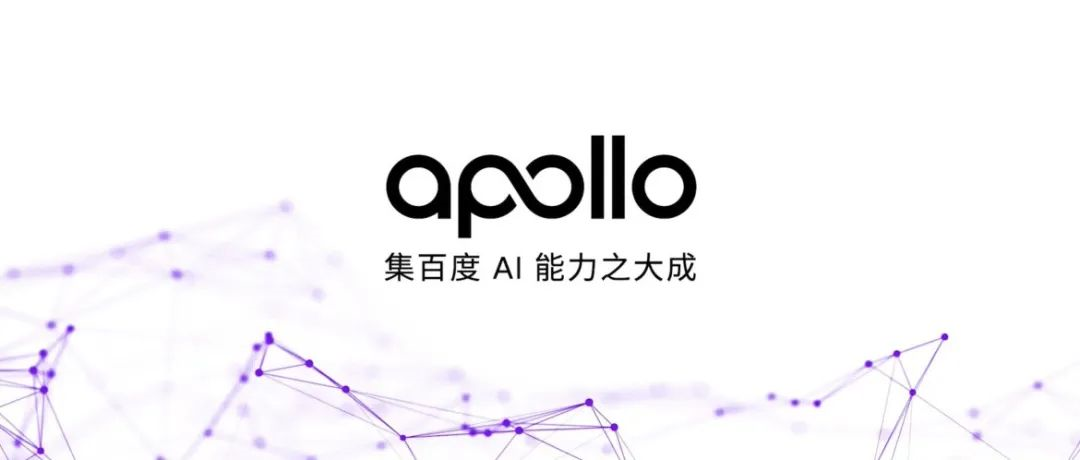
Since 2013, Baidu’s Apollo has had a large number of Robotaxi road test vehicles that have tested on real roads in more than 30 cities nationwide, accumulating 27 million kilometers of autonomous driving test mileage.
Behind this extremely large and small number is the validation of Baidu Apollo’s advanced autonomous driving capabilities, and as the only intelligent car brand that has fully applied Apollo’s automated “unmanned” driving capabilities, JET naturally inherits the algorithm growth capabilities of advanced autonomous driving.
With algorithmic growth and the computational power support of dual Orin X chips and SOA cabin-driving fusion technology architecture, the final result is ROBO-01’s intelligent driving growth capability, as well as ROBO-01’s high-speed, urban, parking “three-domain fusion” and Automatic driving system of JET “plug and play” upon product delivery.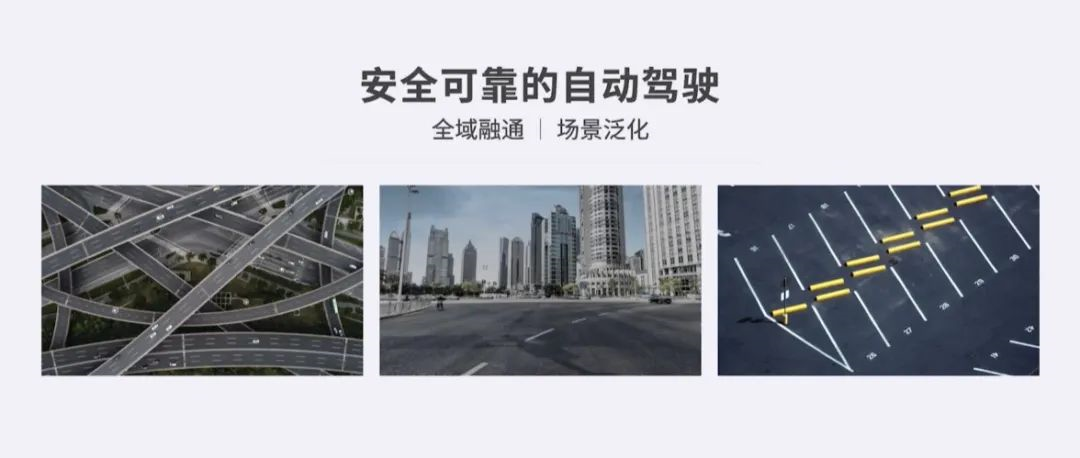
It is worth mentioning that the growth ability in this design is not only a conceptualization, but also a feasible solution tested on SIMUCar software integrated simulation vehicle to achieve high level autonomous driving system.
The word “feasible” in “tested and feasible” means the feasibility of “algorithm growth + computing power landing”, and it also verifies the safety and reliability of Jitdu’s advanced autonomous driving system in advance.
Speaking of safety, this should be everyone’s concern about autonomous driving. For this reason, Jitdu has proposed the “safety three concepts” of design, verification and perception as a closed loop system.
The redundant architecture and algorithm design, such as the “Pure Vision + LIDAR” independent double system autonomous driving solution, aims to design safety, while Robotaxi road testing and SIMUCar aim to verify safety. Perception safety refers to understanding the safety status of the vehicle robot through the user’s visual, auditory, and tactile interactions.
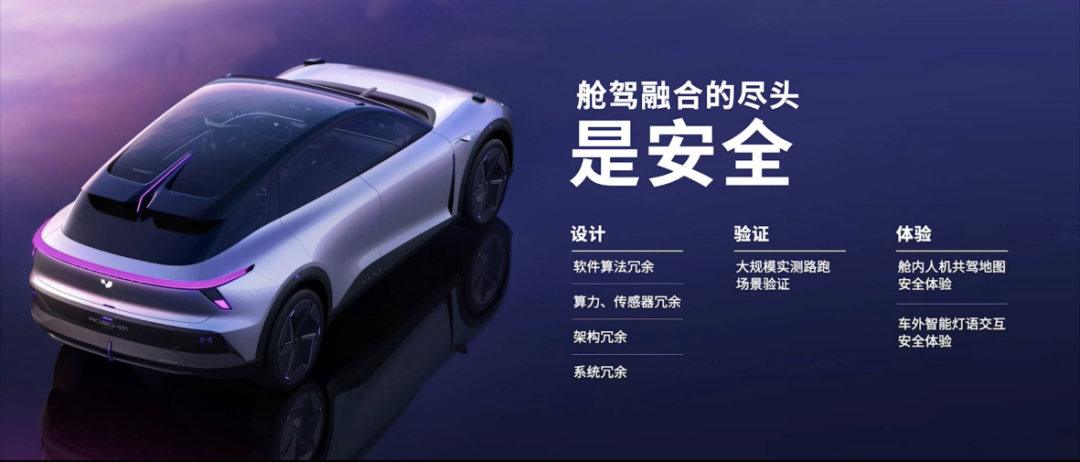
ROBO-01’s sense of interaction and safety is diversified, and one of the more intuitive ways is through the Jitdu intelligent cockpit’s 3D human-computer co-driving map.
“Connecting the physical and digital world”; this is Jitdu’s definition of the 3D human-computer co-driving map. It depicts the world view of ROBO-01 for us. The digital world is inside the car window, and the real world is outside. Overlap of the digital and the real will help us share the perception of ROBO-01, and a correct and accurate shared perception will further evolve into greater trust in the car robot.
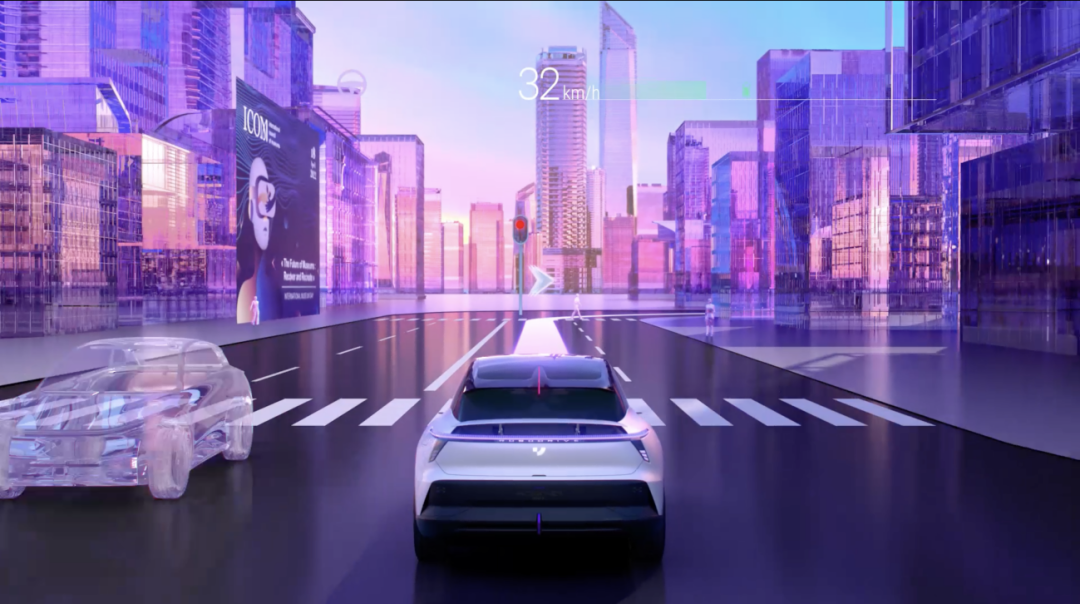
The computing power of the 8295 chip is not limited to visual processing. In addition to the 3D human-computer co-driving map, the Jitdu intelligent cockpit also has excellent hearing capabilities. ROBO-01 supports fully offline intelligent speech functions.
The significance of the “fully offline” integration is twofold: Firstly, the speech system can be freed from the influence of network signals, thereby expanding the scope of intelligent speech application. Secondly, with 30 TOPS of intelligent cabin AI power, the response speed of intelligent speech can be reduced to milliseconds by eliminating the network connection.
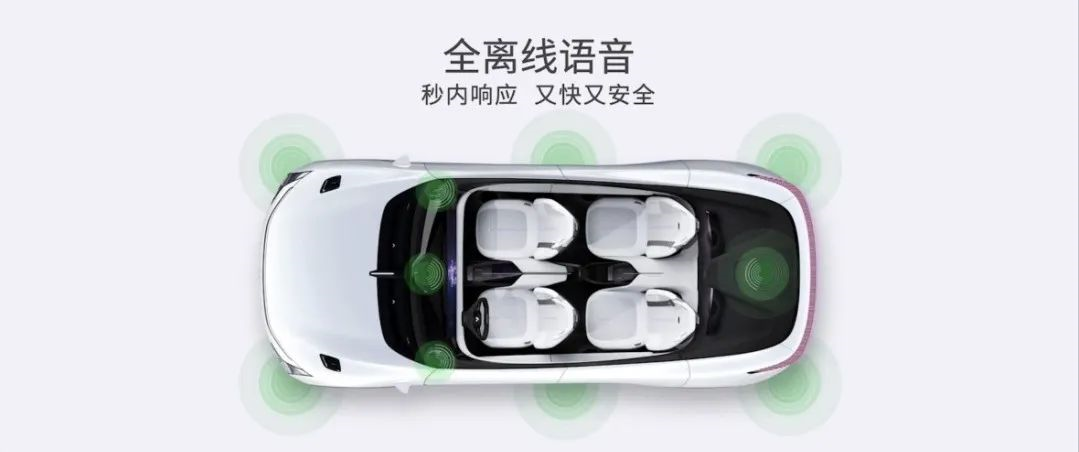
In addition to visual perception, voiceprint recognition, and lip reading capture, the Jitdu intelligent cockpit endows ROBO-01 with “anthropomorphic” interactive capabilities of listening and communicating, which is the soul of the personality of the car robot.The sleek exterior, top-notch hardware, and real-time evolving intelligent driving cockpit – from the outside to the inside, from the body to the nerves to the brain – all show us that although the automobile robot does not have humanoid shape, it can still reveal its humanoid structure.
This structure, which represents the smart automobile 3.0 era depicted by JIDU, is the evolution of AI drive and the concretization of future technology in reality.
The reason it’s concretized and not projected is that the ROBO-01 concept car is not just a concept.

In the autumn of 2022, JIDU will officially launch the limited edition of its first mass-produced vehicle. The key point to note is that the mass-produced vehicle will have a 90% similarity to the ROBO-01 concept car. At the same time, JIDU will also unveil the design of its second mass-produced vehicle at this year’s Guangzhou Auto Show.
JIDU says that the “01” in ROBO-01 refers to “from zero to one.” With the next two steps, from one to ten to infinity, JIDU has already taken the first step.
This article is a translation by ChatGPT of a Chinese report from 42HOW. If you have any questions about it, please email bd@42how.com.
